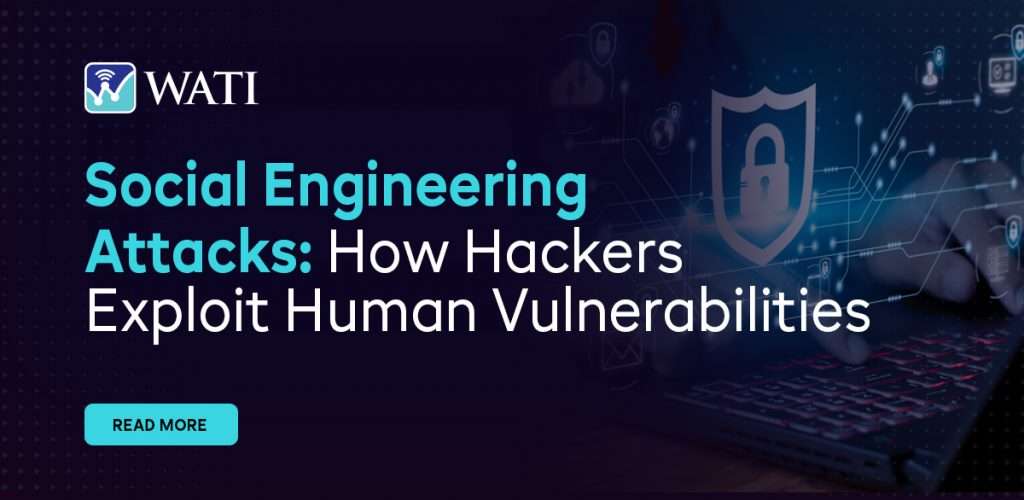The cloud offers unparalleled scalability, agility, and cost-efficiency for businesses. However, this migration also introduces a new attack surface for malicious actors. Traditional security measures, while essential, often struggle to keep pace with the evolving tactics, techniques, and procedures (TTPs) of cybercriminals. This is where red teaming emerges as a powerful tool to fortify your cloud defenses and stay ahead of the curve.
What is Red Teaming?
Red teaming is a simulated attack scenario where a team of security professionals (the red team) acts like malicious actors, attempting to breach your cloud environment and achieve specific objectives. Unlike penetration testing, which focuses on identifying vulnerabilities, red teaming takes a more holistic approach. It simulates a real-world cyberattack, mimicking the attacker’s thought process and actions.
Why Red Teaming for Cloud Security?
Cloud environments present unique security challenges compared to on-premises infrastructure. Here’s how red teaming helps address these concerns:
- Uncovering Blind Spots: Traditional security measures often miss hidden vulnerabilities in complex cloud configurations. Red teaming, by simulating real-world attacks, exposes these blind spots, allowing you to patch vulnerabilities and tighten security controls.
- Testing Shared Responsibility Model: Cloud security is a shared responsibility between the cloud provider and the customer. Red teaming helps identify weaknesses in your security posture, ensuring you fulfill your part of the responsibility model.
- Evaluating Detection and Response: Red teaming assesses your ability to detect and respond to a cyberattack. This includes testing your security tools, incident response procedures, and the efficiency of your security team.
- Validating Security Controls: Red teaming helps validate the effectiveness of your existing security controls like firewalls, intrusion detection systems, and identity and access management (IAM) policies.
The Red Teaming Process
A successful red team engagement follows a structured approach:
- Planning and Scoping: This initial phase defines the scope of the engagement, objectives, attack scenarios, and rules of engagement (ROE) outlining permitted actions by the red team.
- Reconnaissance and Intelligence Gathering: The red team gathers information about your cloud environment, including public information, exposed services, and potential vulnerabilities.
- Initial Compromise: The red team simulates gaining initial access through various methods like social engineering, phishing attacks, or exploiting misconfigurations.
- Lateral Movement and Escalation of Privileges: Once inside, the red team attempts to move laterally across your cloud environment, escalating privileges to access sensitive data or disrupt critical systems.
- Maintaining Persistence: Red teamers might simulate establishing persistence mechanisms to maintain access even after detection.
- Reporting and Remediation: Following the engagement, the red team provides a comprehensive report detailing their findings, exploited vulnerabilities, and recommendations for remediation.
Benefits of Red Teaming for Your Cloud Environment
- Proactive Threat Detection: Red teaming identifies potential vulnerabilities before they can be exploited by real attackers.
- Improved Security Posture: By addressing the weaknesses exposed during a red team engagement, you strengthen your overall cloud security posture.
- Enhanced Incident Response: Red teaming helps identify gaps in your incident response plan and allows you to test and refine your response procedures.
- Peace of Mind: Knowing your cloud environment has been rigorously tested by skilled security professionals provides peace of mind and builds confidence in your security posture.
Getting Started with Cloud Red Teaming
Here are some key considerations when initiating a cloud red teaming engagement:
- Define Your Goals: Determine what you want to achieve with the red team assessment. Is it to test specific security controls, identify vulnerabilities in a particular application, or assess your overall cloud security posture?
- Choose the Right Red Teaming Partner: Look for a red team with proven experience in cloud security and a strong understanding of your specific cloud platform (e.g., AWS, Azure, GCP).
- Establish Clear Rules of Engagement: Clearly define the scope, objectives, and boundaries of the engagement to avoid any misunderstandings.
Conclusion
Red teaming is a valuable tool for proactive cloud security. By simulating real-world attacks, you gain invaluable insights into your security posture, identify vulnerabilities, and test your incident response capabilities. By partnering with a qualified red teaming service provider, you can proactively outsmart cloud threats and ensure a secure cloud environment for your business.
Looking for a Cloud Security Partner?
If you’re considering a cloud red teaming engagement, WATI can help. Our team of experienced security professionals has a proven track record of helping businesses secure their cloud environments. Contact us today to discuss your cloud security needs and learn how red teaming can benefit your organization.



